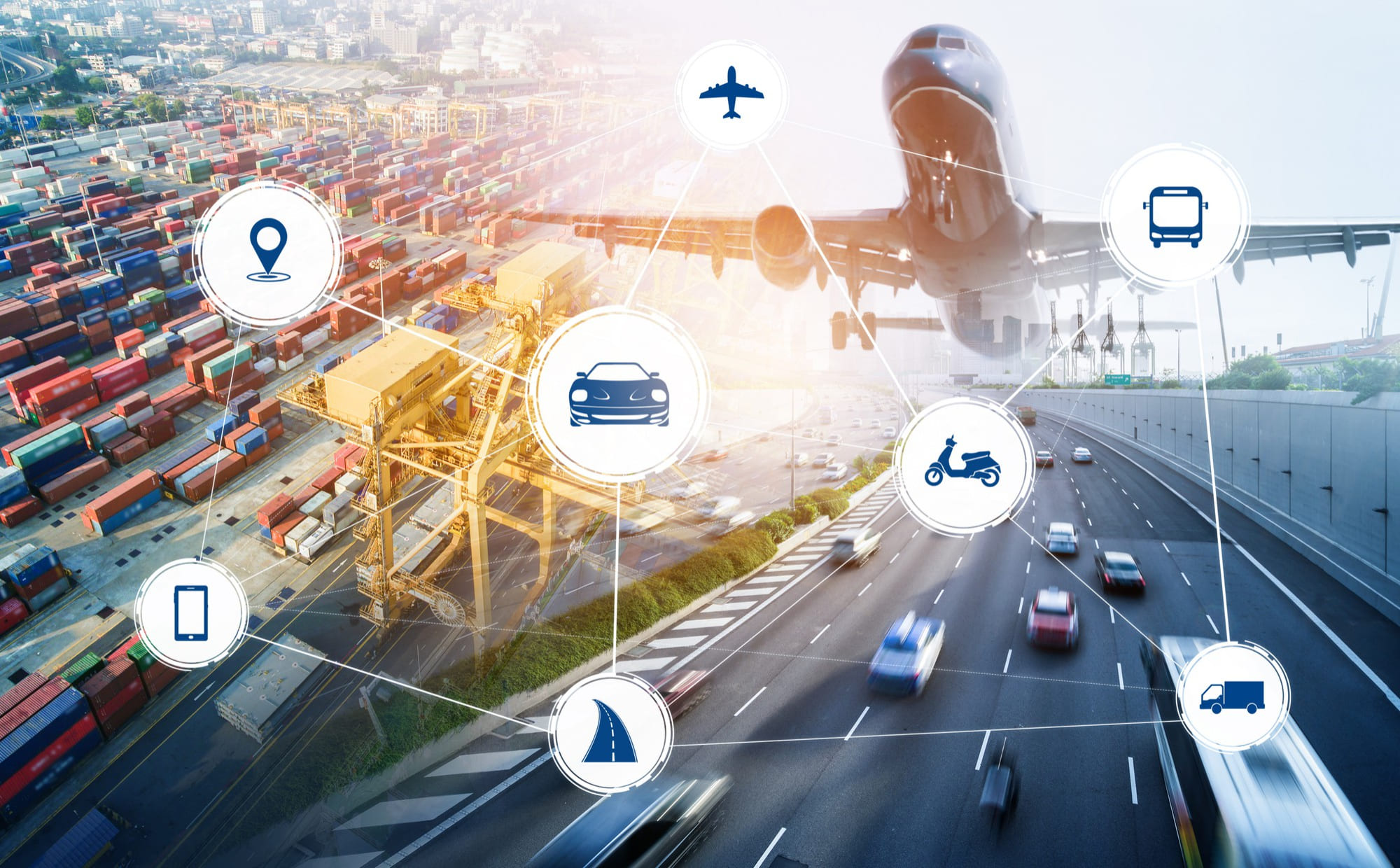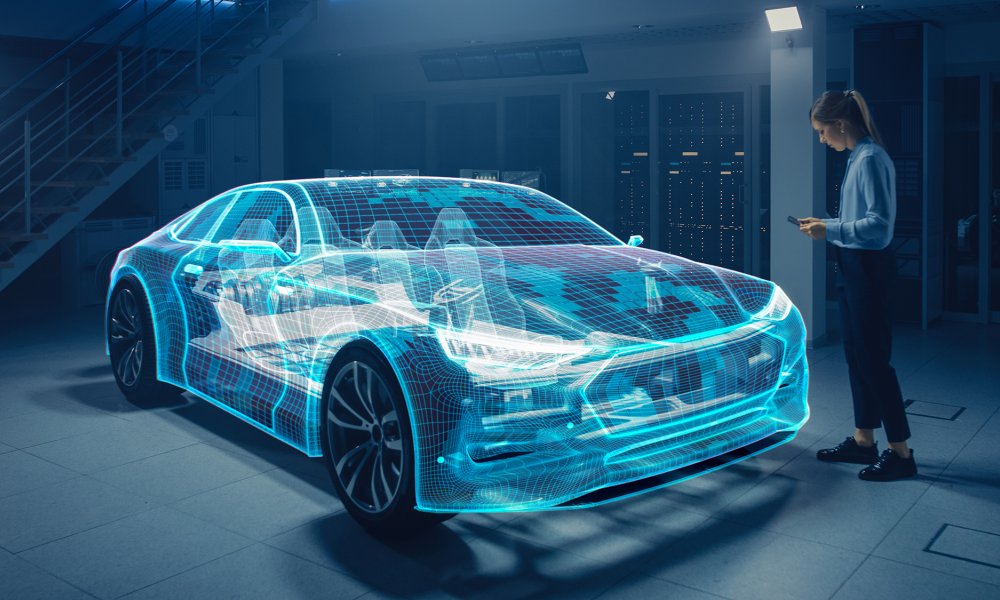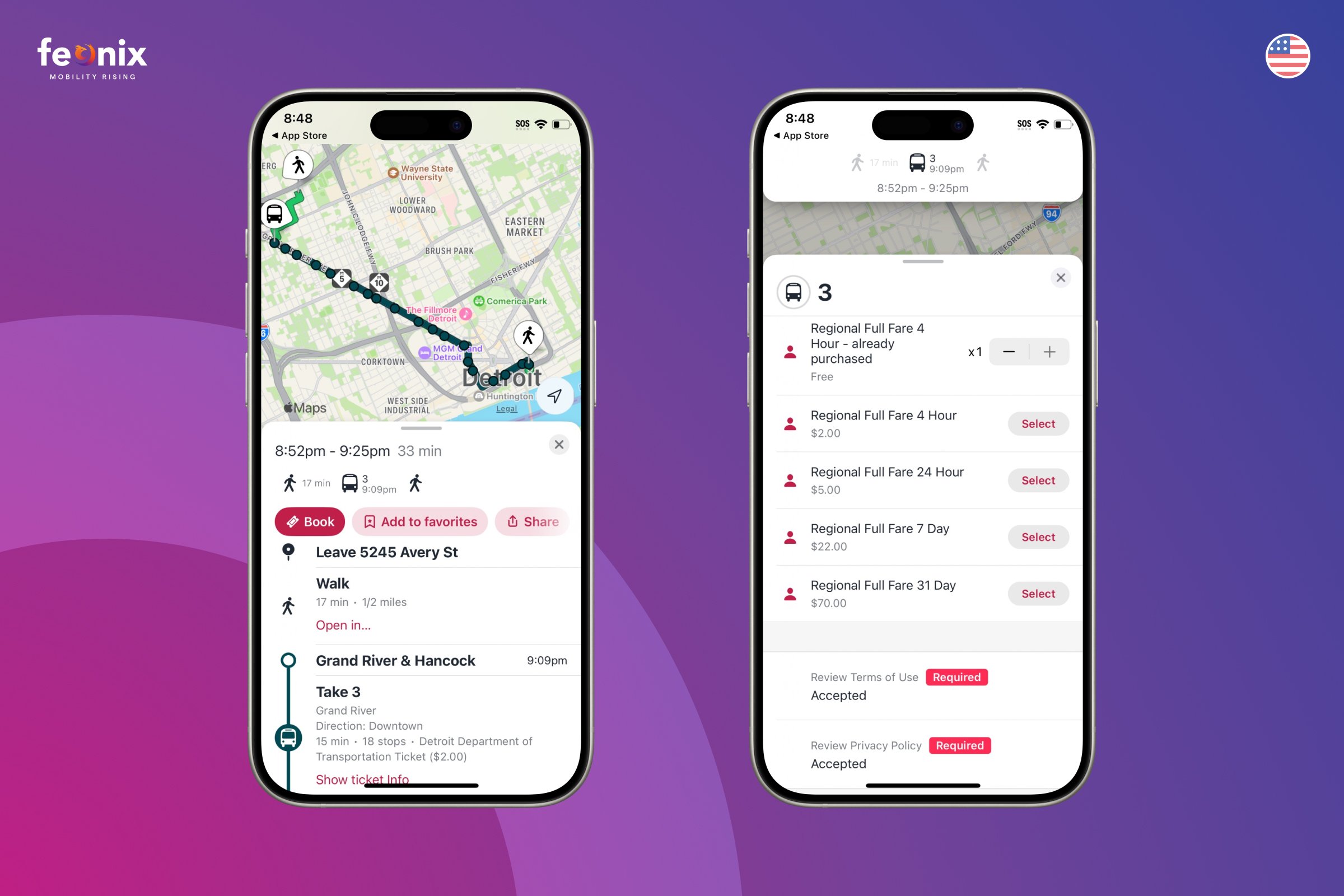The Rise of Conversational AI in Autonomous Vehicles
In today’s rapidly evolving technological landscape, the integration of artificial intelligence (AI) into our daily lives is no longer a far-off dream but a tangible reality. Particularly in transportation, we find ourselves at the precipice of a substantial transformation, fueled by innovations in AI and machine learning.
 Autonomous vehicles are on the horizon, enhanced by conversational AI.
Autonomous vehicles are on the horizon, enhanced by conversational AI.
Recent findings from the 27th IEEE International Conference on Intelligent Transportation Systems introduce a revolutionary AI framework named Talk2Drive. This system represents the first successful experiment deploying large language models (LLMs) in a real-world autonomous vehicle environment, allowing users to communicate naturally with their cars. According to the researchers, including work by Can Cui from Purdue University, this initiative shows that AI can interpret a range of human commands effectively, from straightforward instructions like “can you drive faster?” to more nuanced hints such as “I am really in a hurry now.”
The implications of this technological leap are profound. Imagine sitting in your autonomous vehicle, discussing your preferences or adjusting your route simply through conversation. This seamless integration illustrates a future where human intuition balances with machine capabilities in ways once relegated to science fiction. As these systems advance, we will witness a significant reduction in driver takeover rates, as proven by practical experiments that have put Talk2Drive to the test in real-life scenarios.
Shifting Paradigms: The Power of Language
This breakthrough reveals that conversational AI can fundamentally alter the dynamics of driving. Instead of just programming a GPS or engaging with a standard user interface, drivers will engage with their vehicles in a manner that could feel almost like a partnership. Just as we navigate our personal interactions daily, these vehicles might soon navigate traffic based on our verbal cues and emotional states.
“Real-world experiments proved that the proposed system can comprehend human intentions at different intuition levels.”
This statement highlights the power of AI to bridge the communication gap between humans and machines, leading to a safer and more intuitive driving experience. It beckons us to imagine a day when the intersection of AI technology and autonomous driving is not just a technical milestone but a lifestyle change.
 The future of driving is rapidly evolving with AI.
The future of driving is rapidly evolving with AI.
A Look Ahead: Are We Ready for a Chatty Car?
As we hurtle towards this new era, it’s essential to confront the realities of adoption. Each technological advance brings with it not only opportunities but also challenges. How will society adapt to machines that understand our words? Will our language create new standards in safety and reliability for autonomous vehicles? The prospect of conversing with our cars raises intriguing ethical discussions about trust and dependence on technology.
Moreover, there’s a cultural aspect to consider. How quickly can the average person shift from a traditional view of driving as an independent act to one in which they collaborate with an AI system? The dialogue surrounding autonomous vehicles and AI must include diverse voices to ensure technology continues to evolve in a way reflective of our collective values and needs.
The Road Ahead: Implications and Innovations
With advancements such as Talk2Drive, it’s evident that the conversation surrounding autonomous vehicles must also encompass the possibilities of emotion and empathy in technology. As conversational AI becomes more sophisticated, it could revolutionize how we perceive and interact with our vehicles, giving rise to a truly responsive transportation experience. This is not just about programming a machine to follow commands; it’s about fostering a relationship rooted in understanding and responsiveness.
The potential scenarios are fascinating: a vehicle that not only responds to commands but can actively participate in planning road trips, managing errands as autonomously as a personal assistant. The challenge will be ensuring that these systems remain user-friendly and accessible.
 Innovation is at the heart of transforming transportation systems.
Innovation is at the heart of transforming transportation systems.
Conclusion: Is This the Future We Want?
As we stand on the brink of this future, one question remains paramount: what do we want from our automated technologies? It’s vital for us to advocate for innovation that prioritizes human well-being and ethical considerations, encouraging advances that enhance our lives without infringing on our autonomy. The dialogue about AI and transport must be continuous, engaging public insight and debate.
Thus, as we look to the future, let us embrace the potential of conversational AI while critically examining its implications. How we engage with this technology will shape not only the roads we’ll travel but the very fabric of our interactions with the ever-expanding world of AI. After all, as we move forward, the question isn’t whether we are ready to speak to our cars, but whether our cars are ready to understand us.


 Photo by
Photo by 












